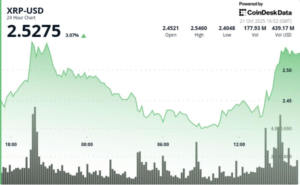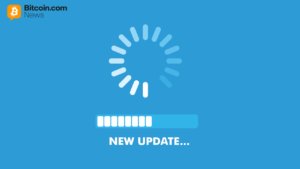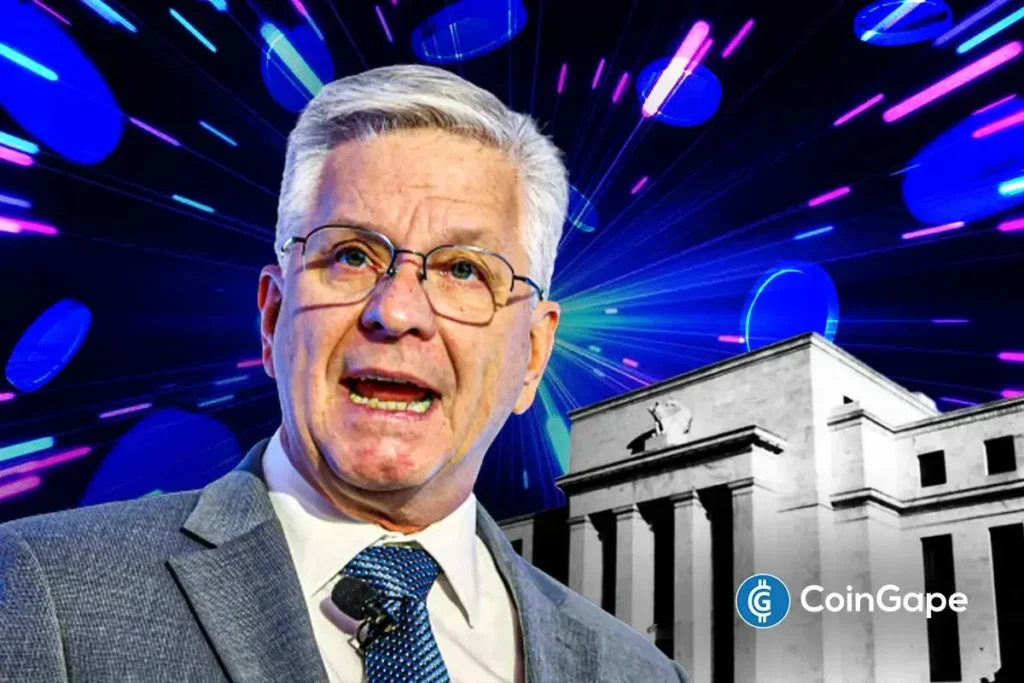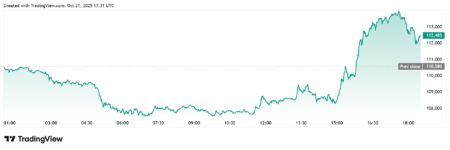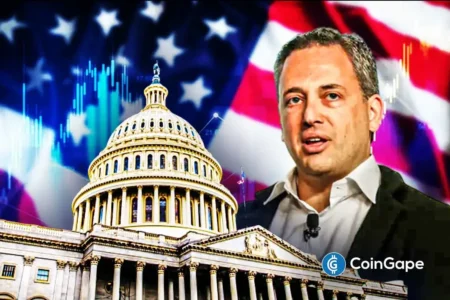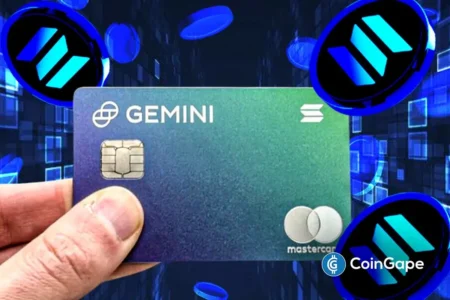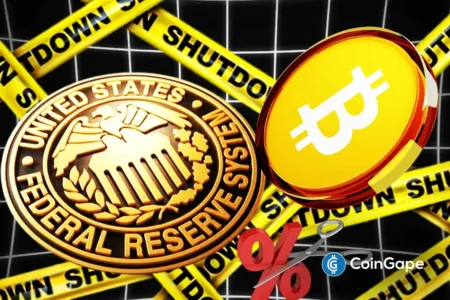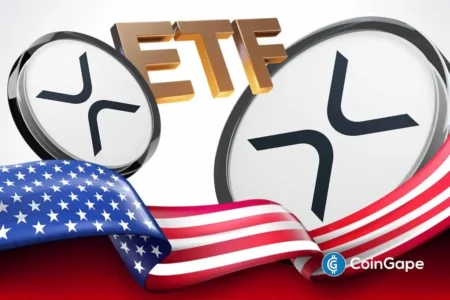Understanding the Proposed ‘Payment Account’ Framework: A New Era for Crypto and Payments Innovation
In recent discussions within the financial sector, Federal Reserve Governor Chris Waller has introduced the concept of a ‘Payment Account’ framework, specifically designed to support innovations in payment solutions, particularly for crypto firms. This proposal was unveiled at the Federal Reserve payments conference, signaling an encouraging shift for the cryptocurrency industry and its potential impact on the traditional financial landscape.
The Concept of a ‘Payment Account’
At the forefront of this proposal is the notion of a “skinny master account,” which would allow legally eligible institutions, including cryptocurrency firms, to access the U.S. central bank’s payment infrastructure without needing a full banking license. During his remarks, Waller emphasized the importance of fostering innovation in payment systems, noting that the proposed payment account could serve as a bridge for crypto firms looking to streamline their access to the Federal Reserve’s payment rails. This initiative could enable crypto players like Ripple, who have sought direct access, to navigate the complexities of the banking system with greater ease.
Who Would Benefit?
Waller indicated that the payment account would cater to a diverse range of institutions involved primarily in payment services. This includes entities that conduct their transactions mainly through third-party banks holding a Fed master account. As the payment landscape shifts with the rise of technologies like stablecoins, the flexibility offered by these payment accounts could prove invaluable for firms aiming to drive payment innovations. Waller’s remarks pointed to a broader intention: to democratize access to essential Fed payment services, ensuring that those who do not require extensive banking features can still efficiently manage their transactions.
Streamlined Access and Reduced Complexity
One of the core advantages of adopting a payment account approach is the streamlined access it would provide. Waller noted that many eligible firms often find themselves overwhelmed by the extensive requirements tied to securing a master account. By introducing a simplified application process, the Federal Reserve aims to remove barriers that could hinder innovation within the payments sector. With faster review timelines, these lower-risk accounts would empower firms to adapt quickly to evolving market conditions, ensuring that the U.S. financial system remains competitive on a global scale.
Key Features of the Payment Account
The proposed payment account would come with specific features that set it apart from traditional banking options. Notably, balances in these accounts would not accrue interest, and there may be caps on account sizes to mitigate potential risks to the Federal Reserve’s balance sheets. Waller clarified that these accounts would not allow for daylight overdraft privileges, meaning payments would be declined if the balance were to reach zero. By implementing such restrictions, the Federal Reserve aims to maintain stability within the financial system while still supporting innovative payment solutions.
Engaging Stakeholders for Feedback
Waller’s approach underscores a commitment to collaboration with a variety of stakeholders. As the proposal stands as a prototype, it is essential to gather insights from various industry players regarding the potential benefits and drawbacks of the payment account concept. This engagement is crucial for shaping a framework that not only supports crypto innovation but also ensures the stability and integrity of the U.S. payment system.
Conclusion: A Step Towards the Future
The conversation initiated by Federal Reserve Governor Chris Waller signals a pivotal moment in the landscape of payments and cryptocurrency. The proposed ‘Payment Account’ framework embodies a proactive effort to strike a balance between innovation and risk management within the financial sector. As the Federal Reserve takes steps to explore this concept further, the potential for enhanced access to payment services could mark a significant turning point for crypto firms and payment innovators alike. Embracing such changes is essential for maintaining competitiveness in a rapidly evolving financial ecosystem, ultimately benefiting a broader range of users and institutions.


